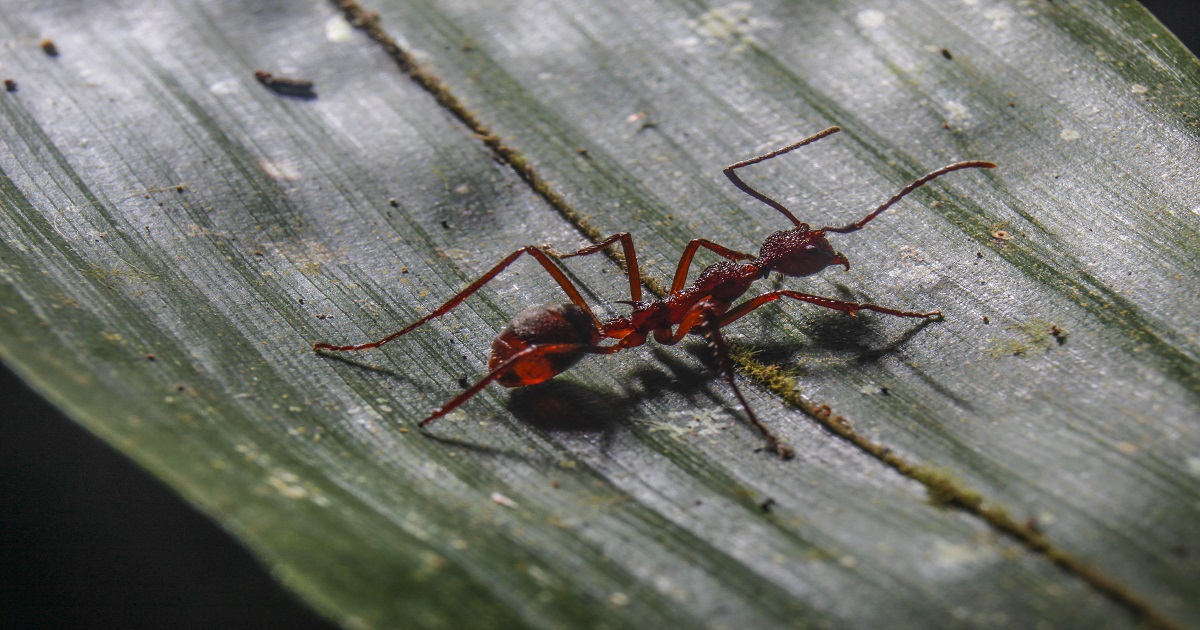- 2.1Impact Factor
- 4.0CiteScore
- 18 daysTime to First Decision
Systematics, Evolution and Diversity in Ants
This special issue belongs to the section “Animal Diversity“.
Special Issue Information
Dear Colleagues,
Ants (Hymenoptera: Formicidae) are one of the most important groups of insects in the world. They have been known since the Cretaceous and, since then, they have been key protagonists in ecosystems, with almost 15,000 living species that play various roles such as predators, herbivores, fungivores, mutualists, and decomposers. Most species are highly social, although some are inquilines. The increasingly cheaper use of molecular data, as well as new data analysis techniques, has allowed for the proposal (or confirmation) of new phylogenies among the family and within each subfamily to the genus or species level, in some cases offering more robust hypotheses with fewer conflicts. Cutting-edge techniques, such as X-ray computerized microtomography, have dramatically increased knowledge of the internal morphology of some ants, in some cases offering new information for the evaluation of phylogenetic relationships. Some of these techniques have even been applied to fossil specimens, such as those preserved in amber. Furthermore, like other insects, threats of environmental deterioration such as deforestation, climate change, or mining are causing the disappearance of populations and perhaps species. For this current Special Issue of Diversity, we look forward to receiving innovative research contributions from the scientific community that will enrich our knowledge of the systematics, phylogeny, biogeography, and diversity of this important group of insects.
Dr. Fernando Fernández
Dr. Roberto José Guerrero
Guest Editors
Manuscript Submission Information
Manuscripts should be submitted online at www.mdpi.com by registering and logging in to this website. Once you are registered, click here to go to the submission form. Manuscripts can be submitted until the deadline. All submissions that pass pre-check are peer-reviewed. Accepted papers will be published continuously in the journal (as soon as accepted) and will be listed together on the special issue website. Research articles, review articles as well as short communications are invited. For planned papers, a title and short abstract (about 250 words) can be sent to the Editorial Office for assessment.
Submitted manuscripts should not have been published previously, nor be under consideration for publication elsewhere (except conference proceedings papers). All manuscripts are thoroughly refereed through a single-blind peer-review process. A guide for authors and other relevant information for submission of manuscripts is available on the Instructions for Authors page. Diversity is an international peer-reviewed open access monthly journal published by MDPI.
Please visit the Instructions for Authors page before submitting a manuscript. The Article Processing Charge (APC) for publication in this open access journal is 2100 CHF (Swiss Francs). Submitted papers should be well formatted and use good English. Authors may use MDPI's English editing service prior to publication or during author revisions.
Keywords
- ants
- systematics
- phylogeny
- diversity
- biogeography

Benefits of Publishing in a Special Issue
- Ease of navigation: Grouping papers by topic helps scholars navigate broad scope journals more efficiently.
- Greater discoverability: Special Issues support the reach and impact of scientific research. Articles in Special Issues are more discoverable and cited more frequently.
- Expansion of research network: Special Issues facilitate connections among authors, fostering scientific collaborations.
- External promotion: Articles in Special Issues are often promoted through the journal's social media, increasing their visibility.
- e-Book format: Special Issues with more than 10 articles can be published as dedicated e-books, ensuring wide and rapid dissemination.

